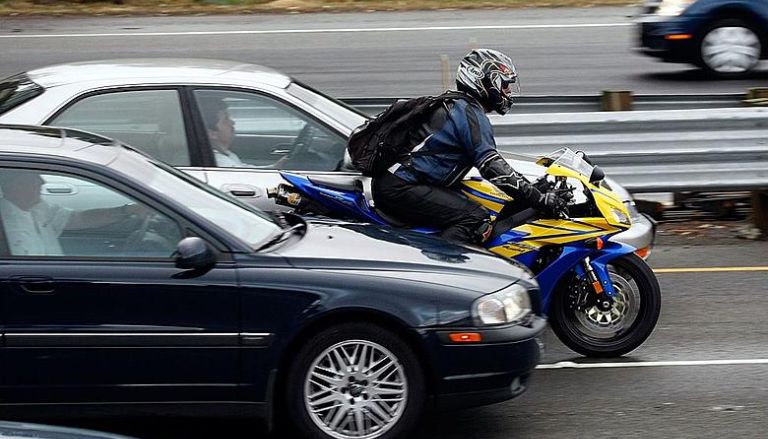Lane splitting—the practice of a motorcyclist riding between lanes of traffic—is a topic of considerable debate across the United States. While some states have legalized it, Maine has explicitly prohibited the practice. Understanding the legal framework and safety implications of lane splitting in Maine is essential for both motorcyclists and other road users.
Legal Framework in Maine
In Maine, lane splitting is explicitly illegal. According to Title 29-A, §2062 of the Maine Revised Statutes, a person may not operate a motorcycle between lanes of traffic or between adjacent lines or rows of vehicles. This statute clearly prohibits motorcyclists from maneuvering between lanes, regardless of traffic conditions.
Safety Considerations
Advocates for lane splitting often cite safety benefits, such as reducing the risk of rear-end collisions in heavy traffic. However, studies on the safety of lane splitting have yielded mixed results. For instance, a study by the University of California, Berkeley found that lane-splitting motorcyclists were less likely to suffer severe injuries compared to those who did not engage in the practice. Conversely, other research highlights potential dangers, including increased risk of collisions due to reduced reaction times and the close proximity of vehicles. The safety of lane splitting largely depends on factors such as speed differential, traffic density, and rider experience.
Public Perception and Enforcement
Public opinion on lane splitting varies. Some motorcyclists view it as a practical solution to traffic congestion, while others express concerns about its safety and the potential for driver frustration. In Maine, law enforcement agencies are tasked with upholding traffic laws, including those prohibiting lane splitting. Violations can result in fines and may influence insurance claims in the event of an accident.
Comparative Analysis
While Maine prohibits lane splitting, several states have legalized or are considering legislation to permit the practice under specific conditions. For example, California has established guidelines for safe lane splitting, including speed limits and recommended conditions. Other states, such as Arizona and Utah, have enacted laws allowing lane filtering, a practice where motorcyclists move between lanes of stopped or slow-moving traffic at low speeds. These developments have sparked discussions about the potential benefits and drawbacks of lane splitting in various traffic environments.
Conclusion
In Maine, lane splitting remains illegal, and motorcyclists are advised to adhere to state traffic laws to ensure their safety and avoid legal repercussions. As discussions about lane splitting continue nationwide, all road users must stay informed about local laws and practices to promote safe and harmonious travel.




More Stories
Lane Splitting in Maine: Navigating the Legal and Safety Landscape
Lane Splitting in Maine: Navigating the Legal and Safety Landscape
Lane Splitting in Maine: Navigating the Legal and Safety Landscape